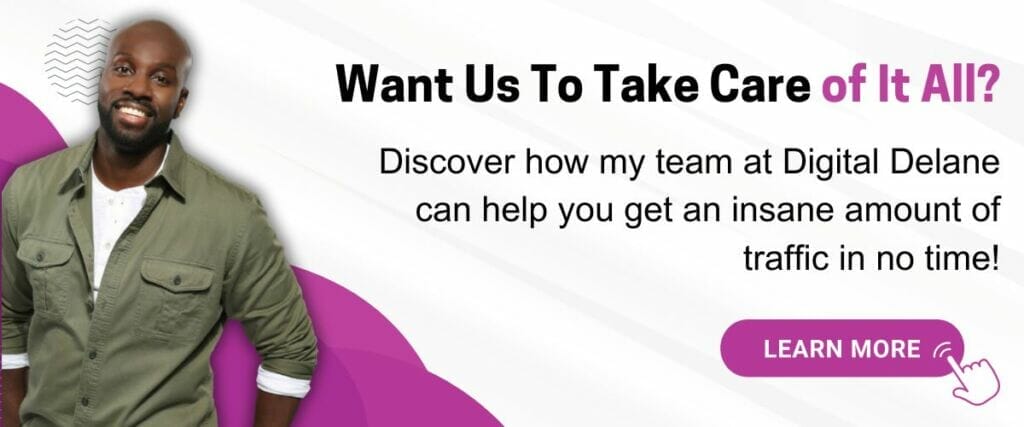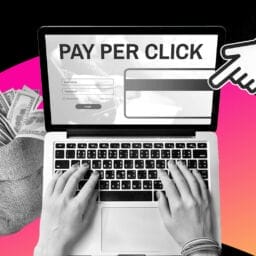Utilizing paid advertising platforms like Google ads and Facebook ads to reach a wider audience
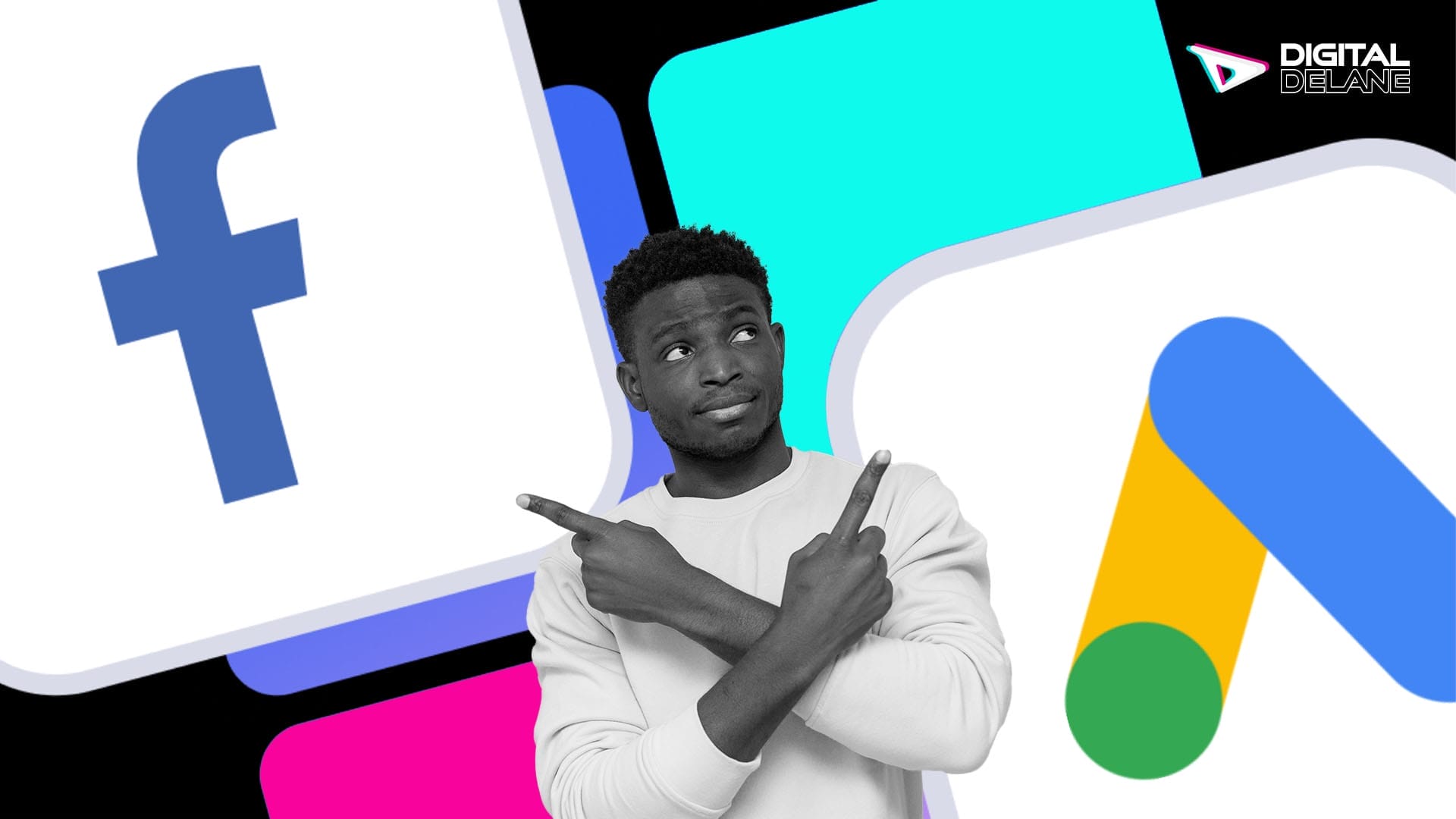
With the ever-increasing competition in the digital space, businesses are constantly seeking ways to maximize their reach and engage with a wider audience. One effective strategy that has proven to be indispensable in achieving this goal is the use of paid advertising platforms such as Google Ads and Facebook Ads. By understanding the nuances of these platforms and leveraging their features, businesses can significantly boost their online visibility and connect with potential customers.
In this article, we will delve into the differences between Google Ads and Facebook Ads, the benefits of paid advertising, strategies for maximizing reach and engagement, optimizing ad campaigns, and ultimately, choosing the right platform for achieving your business objectives.
40% of small businesses allocate their marketing budget to paid advertising, with Google and Facebook Ads being primary choices
Understanding Google Ads and Facebook Ads
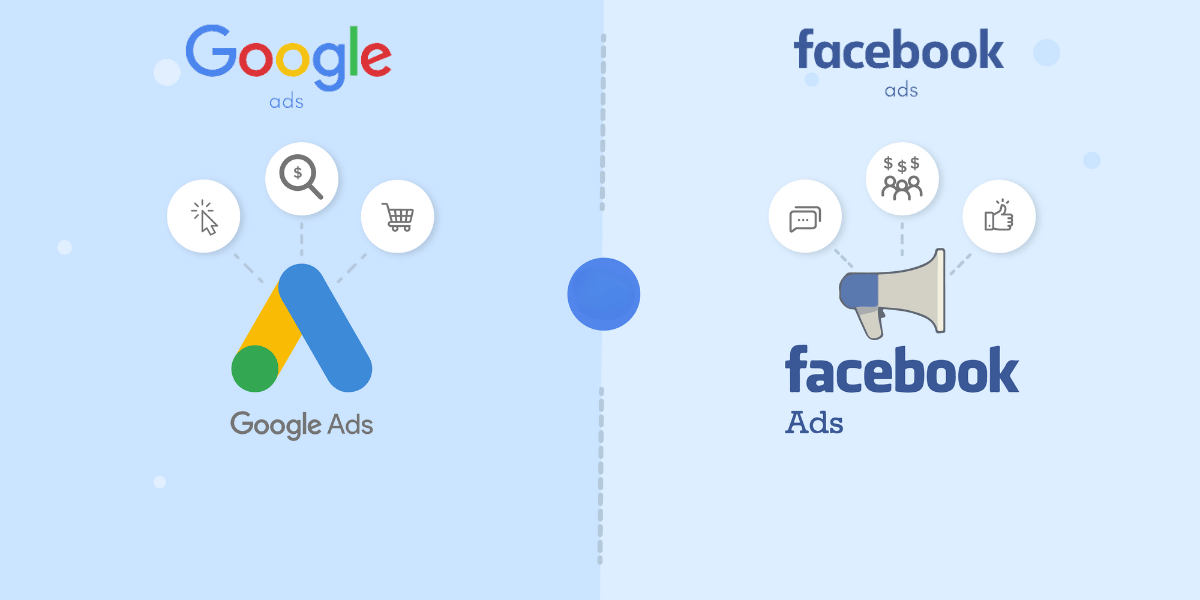

Before delving into the specifics of utilizing Google Ads and Facebook Ads to reach a wider audience, it’s essential to understand the fundamental differences between the two platforms. Google Ads primarily operate within the realm of search engine results, allowing businesses to create text-based ads that appear when users conduct relevant searches. On the other hand, Facebook Ads are integrated within the social media platform, offering a range of ad formats such as image-based ads, video ads, carousel ads, and more.
When determining which platform is best for your business, it’s vital to consider the nature of your products or services, as well as your target audience’s online behavior. For instance, if your business is focused on creating visually appealing content and targeting specific demographics, Facebook Ads might be the suitable choice. However, if your aim is to capture potential customers at the point of their purchase decision, Google Ads’ paid search ads might be more effective in driving traffic and conversions.
Types of ads available on Google and Facebook platforms
Both Google Ads and Facebook Ads offer various types of advertisements to cater to diverse marketing objectives. Google Ads provides a versatile range of ad formats, including text ads, display ads, shopping ads, and video ads, while Facebook Ads offers options such as lead generation ads, carousel ads, and sponsored posts.
Google Ads has diverse ad formats – text, display, shopping, and video ads, with display ads alone reaching over 2 million websites and apps
Understanding the distinct advantages and functionalities of each ad type is crucial in aligning your advertising strategy with your overarching business goals. For instance, video ads on Facebook can be instrumental in capturing user’s attention and showcasing your brand’s story, whereas display ads on Google can target potential customers as they browse relevant websites within the Google Display Network.
Benefits of Paid Advertising
Paid advertising is a powerful tool for businesses looking to expand their reach and engage with a wider audience. Utilizing Google Ads and Facebook Ads can significantly enhance your digital marketing efforts by allowing you to target specific demographics, increase brand awareness, and drive relevant traffic to your website. In the realm of paid social media advertising, Facebook Ads offer unparalleled opportunities to reach potential customers based on their interests, behaviors, and connections, enabling businesses to promote tailored content to a highly receptive audience.
Furthermore, Google Ads’ paid search functionality can elevate your visibility on search engine results pages, ensuring that your ads appear prominently when users search for relevant keywords related to your products or services.
Ready to Discuss Your Project? Chat With Our Marketing Team
The Benefits of Using Google Ads and Facebook Ads for Paid Advertising
The benefits of using Google Ads and Facebook Ads for paid advertising are manifold. These platforms offer precise targeting capabilities, comprehensive analytics, and the opportunity to create compelling ad formats that effectively capture potential customers’ attention.
Here are the benefits of using Google Ads and Facebook Ads for paid advertising.
Google Ads: Tapping into Intent-driven Searches
1. Targeted Advertising:
Google Ads allows businesses to target their audience with precision. Through keyword targeting, advertisers can ensure their ads are shown to users actively searching for outcomes or services related to their business. This intent-driven approach increases the likelihood of conversions, making Google Ads an invaluable tool for businesses aiming to capture high-intent leads.
2. Flexible Budgeting:
One of the standout features of Google Ads is its flexible budgeting options. Advertisers can set daily or campaign budgets, ensuring complete control over their spending. This flexibility permits businesses of all sizes to participate in paid advertising, regardless of budget constraints.
Google Ads can be budget-flexible; on average, businesses make $8 for every $1 they spend on Google Ads
3. Measurable ROI:
Google Ads provides robust analytics tools that enable advertisers to follow the performance of their campaigns in real time. From clicks and impressions to conversion rates and cost per conversion, businesses can analyze the metrics that matter most and constantly make data-driven decisions to optimize their advertising strategy.
4. Ad Extensions:
Businesses can leverage ad extensions on Google Ads to enhance the visibility and relevance of their ads. These additional snippets of information, such as site links, callouts, and location details, provide users with more context and increase the chances of engagement.


Facebook has over 2.8 billion monthly active users worldwide
1. Granular Targeting:
Facebook Ads stand out for their unparalleled targeting capabilities. Advertisers can tailor their audience based on demographics, interests, behaviors, and location. This level of granularity ensures that ads are shown to users who are most likely to be curious about the products or services being promoted.
Facebook allows precise targeting; 93% of social media advertisers use Facebook Ads
2. Visual Appeal:
Facebook is a predominantly visual platform that allows advertisers to create visually striking and engaging ads. Compelling images or videos combined with concise ad copy can capture users’ attention as they scroll through their newsfeeds, increasing the likelihood of interaction and conversions.
Video ads on Facebook have an engagement rate of 6.01%, making them highly effective in capturing attention
3. Diverse Ad Formats:
Facebook offers a type of ad format to suit different marketing objectives. Whether carousel, slideshow, or video ads, businesses can choose the format that aligns with their goals and resonates most effectively with their target audience.
4. Social Proof and Engagement:
Facebook’s social nature encourages user engagement and the sharing of content. Positive interactions, such as likes, comments, and shares, contribute to social proof and can amplify an ad’s reach organically. This social validation can build trust and credibility for the advertised products or services.
Maximizing Reach and Engagement


Effectively leveraging pay-per-click (PPC) strategies is instrumental in widening your audience reach and driving meaningful engagement. By incorporating relevant keywords, compelling ad copy, and strategic bidding practices, businesses can ensure that their ads resonate with their target audience and drive qualified traffic to their website.
Additionally, the use of video and display ads on Google and Facebook offers an immersive way to engage with potential customers, conveying your brand’s message in a visually captivating manner. Furthermore, ad campaigns on these platforms can serve as a conduit for directing qualified traffic to your website, thereby nurturing potential leads and fostering conversions.
Utilizing PPC strategies for wider audience reach
PPC advertising holds immense potential in expanding your audience reach, as it allows you to bid on relevant keywords and display your ads to users who are actively searching for products or services akin to yours. By strategically allocating your budget towards high-performing keywords and optimizing your ad copy to resonate with search intent, businesses can enhance their ad reach and capitalize on valuable opportunities to capture potential customers in the midst of their purchase journey.
The Role of Google and Facebook Ads in Reaching a Wider Audience
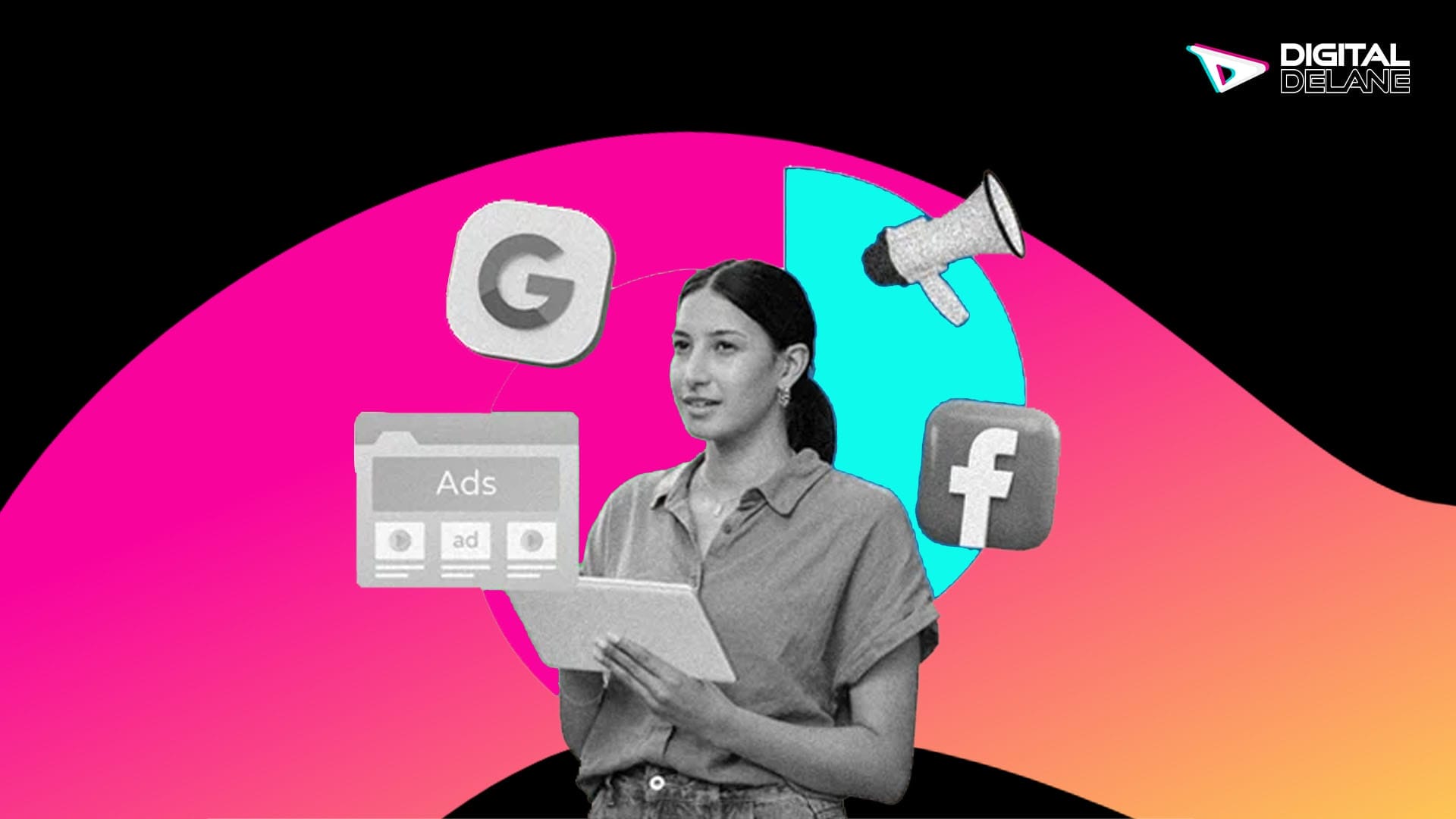

Google Ads and Facebook Ads have become indispensable tools for businesses aiming to expand their reach and engage a wider audience.


With its omnipresent search engine, Google has become synonymous with online exploration. Google Ads, the advertising arm of the tech giant, allows businesses to position themselves strategically at the forefront of relevant search results. This search engine marketing (SEM) powerhouse operates on a pay-per-click (PPC) model, ensuring that businesses only pay for actual clicks, making it a cost-effective solution.
Targeted Reach with Intent-Based Advertising
One of Google Ads’ strengths is its capability to target users based on their search purpose. By bidding on specific keywords, businesses can guarantee that their ads are shown to users actively seeking their products or services. This intent-based advertising increases the likelihood of conversion as the audience is already primed for engagement.
Expanding Beyond Search: Display and Video Ads
Google Ads is not limited to search results alone. With the Google Display Network (GDN) and YouTube, businesses can extend their reach through visually engaging display and video ads. This diverse approach allows for a multi-channel strategy, catering to different preferences and user behaviors.
Analytics for Continuous Improvement
Google Ads provides robust analytics tools, allowing businesses to track the performance of their campaigns. Insights into click-through rates, conversion rates, and other vital metrics empower marketers to refine their strategies continually. This data-driven approach enhances the efficiency and effectiveness of advertising efforts.
Facebook Ads: Capturing Hearts and Clicks


Facebook, the social media behemoth, boasts over 2.8 billion monthly active users. With Facebook Ads, businesses can tap into this vast user base and tailor their messages to specific demographics, interests, and behaviors.
Precise Audience Targeting
Facebook’s treasure trove of user data enables advertisers to create highly targeted campaigns. Businesses can narrow their audience with surgical precision based on age, location, interests, and online behaviors. This ensures that ads are shown to the people most likely to be interested in the products or services offered.
Diverse Ad Formats for Creative Expression
Facebook offers various ad formats, including photo ads, video ads, carousel ads, and more. This variety permits businesses to experiment with different creative approaches and keep their content fresh and engaging. Facebook’s visually rich nature makes it an ideal multimedia storytelling platform.
Social Proof and Trust Building
The social aspect of Facebook must be noticed. The platform facilitates social interactions and user engagement, creating opportunities for businesses to leverage social proof. Positive comments likes, and shares contribute to building trust and credibility, essential elements in the customer decision-making process.
Do you want to grow faster? Schedule a free consultation call with an expert
Optimizing Ad Campaigns
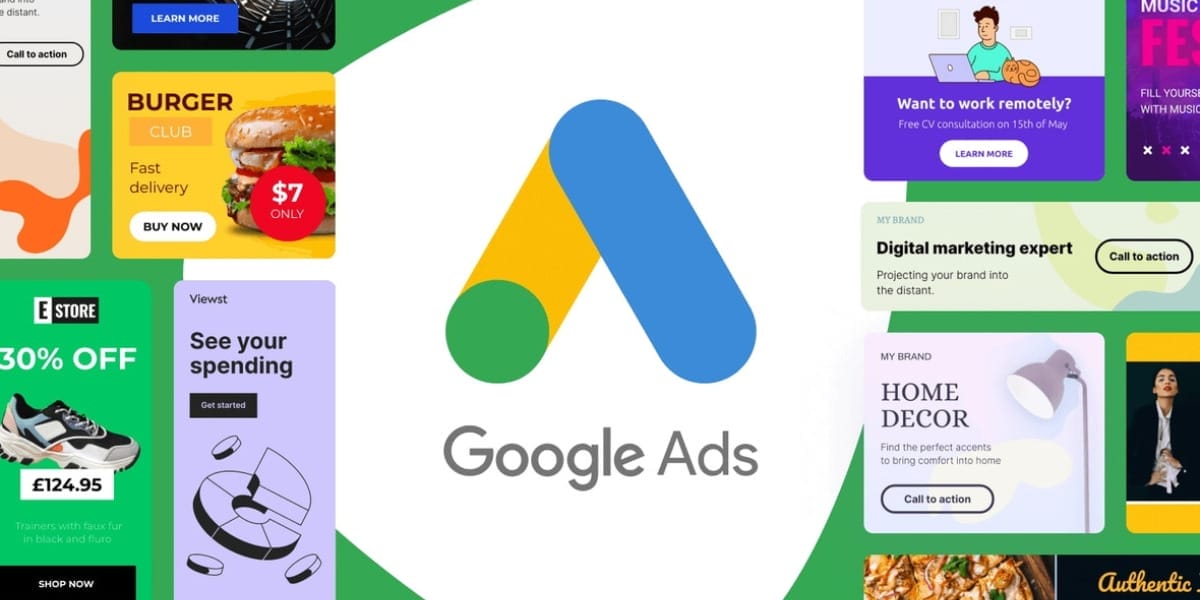

Optimizing your ad campaigns on Google and Facebook entails fine-tuning your targeting parameters, ad formats, and bidding strategies to maximize the efficacy of your advertising endeavors. On Facebook, businesses can tailor their ad campaigns to specific demographics, ensuring that their ads resonate with audiences based on factors such as age, gender, interests, and behaviors.
Meanwhile, the Google Display Network offers a wide-reaching platform to target potential customers across a myriad of websites, serving display ads that align with users’ browsing activities and preferences. Comparing the ad formats available on Google and Facebook can provide insights into which platform best accommodates your advertising creatives, whether it be through text-based ads, image-based carousel ads, or visually engaging video ads.
Comparing the ad formats available on Google and Facebook
When devising your advertising strategy, it’s essential to compare the ad formats available on Google and Facebook to ascertain which platform aligns with your brand’s visual identity and messaging. While Google Ads’ search ads prioritize text-based creatives that align with users’ search queries, Facebook Ads offer a diverse range of ad formats, encompassing images, videos, slideshows, and carousels. Understanding the inherent strengths of each ad format and leveraging them in tandem with your advertising objectives can amplify the impact of your ad campaigns and resonate more effectively with your target audience.
Choosing the Right Platform for Your Business
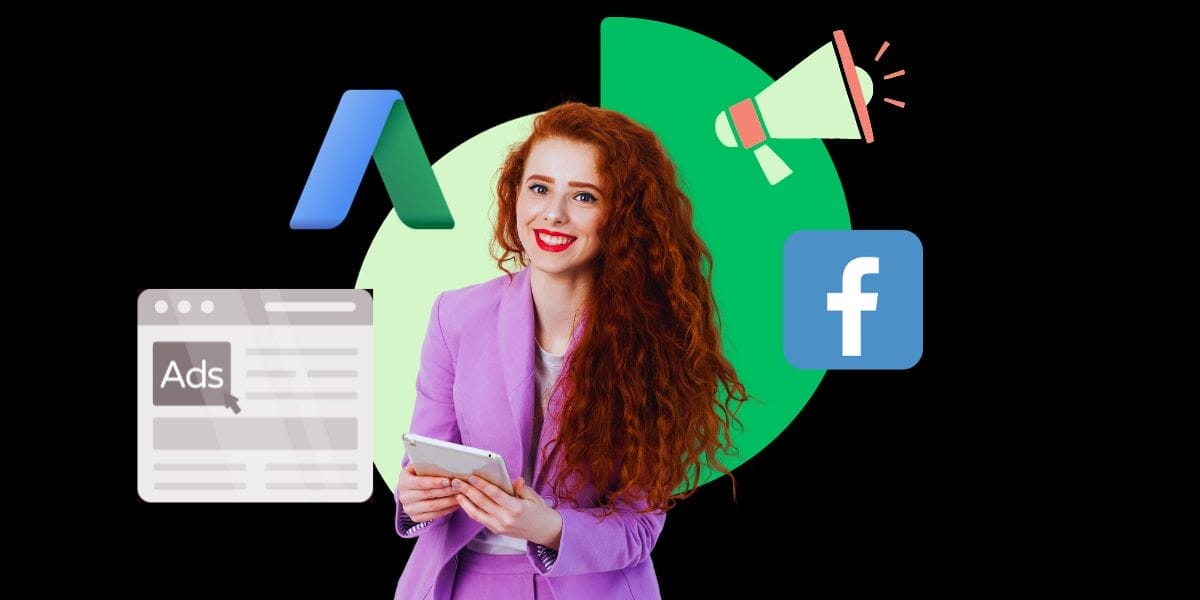

83% of marketers prefer using Facebook Ads for promoting B2C products, while 75% prefer Google Ads for B2B products/services
Factors such as the nature of your products or services, the online behavior of your target audience, and the objectives of your advertising campaigns should inform your decision-making process. Moreover, considering the rich proliferation of social media usage, businesses can leverage the targeting capabilities of Facebook Ads to engage with audiences in an interactive and personalized manner, fostering lasting connections with potential customers.
The Symbiosis of Google and Facebook Ads
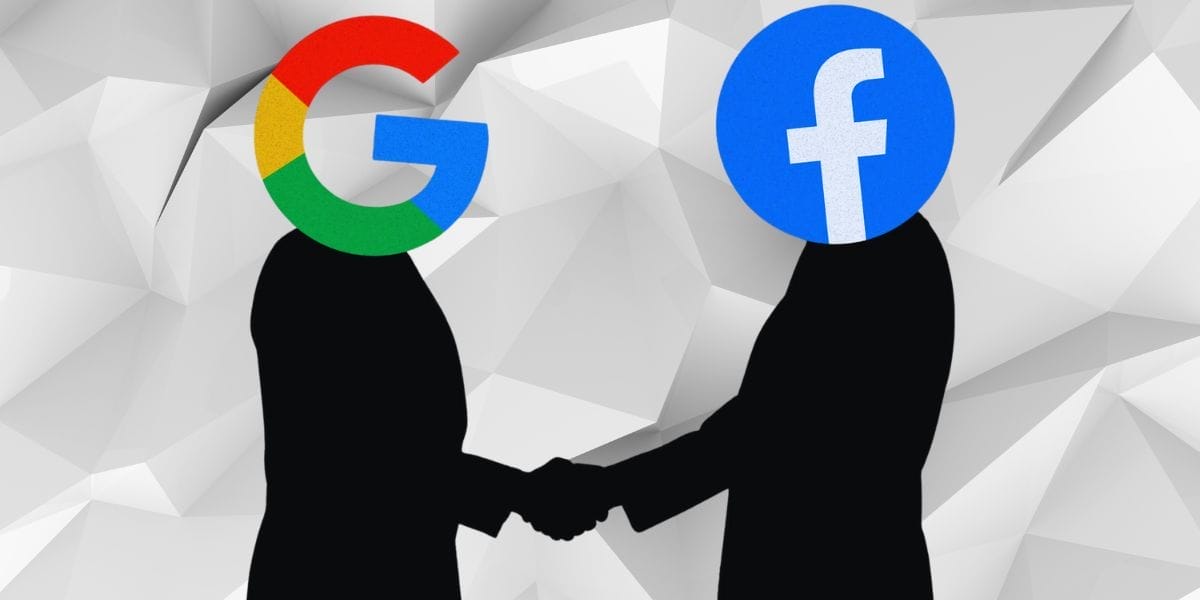

While Google Ads and Facebook Ads operate on different platforms and serve distinct purposes, their synergy can amplify the impact of a comprehensive digital marketing strategy.
Companies using both Google Ads and Facebook Ads in tandem witness a 28% increase in conversions
Comprehensive Funnel Coverage
Google Ads excels in capturing users at the initial stages of the buying process when they are actively searching for information. On the other hand, Facebook Ads can be instrumental in nurturing leads and building brand awareness, particularly among audiences who may need to search actively but are open to discovering new products or services.
Cross-Platform Remarketing
The integration of Google Ads & Facebook Ads allows for powerful remarketing strategies. Users who have interacted with an ad on one platform can be retargeted on the other, reinforcing brand recall and increasing the likelihood of conversion.
Data-Driven Optimization
Both platforms provide extensive analytics tools. Businesses can earn a holistic view of their digital marketing performance by collectively analyzing data from Facebook Ads and Google Ads. This collaborative approach enables informed decision-making, ensuring resources are allocated to the most effective channels & campaigns.
Conclusion
In the world of digital marketing, Google Ads and Facebook Ads are like dynamic duos, each with its own superpowers. Google Ads swoops in, targeting those actively searching for products, while Facebook Ads dazzles with its ability to captivate specific demographics and build social proof. But here’s the real magic: when these forces combine, they create a powerhouse strategy.
Google Ads excels at catching early-stage buyers, while Facebook Ads keeps the conversation going and strengthens brand presence. Their teamwork allows for cross-platform remarketing and data-driven decisions that boost SEO performance.
Choosing between them? It’s about understanding your audience and goals. By leveraging the strengths of both, businesses can soar, reaching wider audiences, engaging deeply, and dominating the digital realm.



